
BE THE FIRST TO KNOW
Subscribe to the Porto eCommerce newsletter to receive timely updates from your favorite products.
There’s something about the comfort and warmth of carpet that makes it a go-to choice for many homes. But, like everything else that feels cozy and welcoming, it doesn’t last forever. So, how long does carpet last, and when is it time to say goodbye? Knowing the lifespan of your carpet, and when it’s time for a replacement can save you from frustration (and some serious footwork). The lifespan of your carpet can vary wildly depending on things like its quality, the installation job, how well you take care of it, and just how many feet march across it every day.
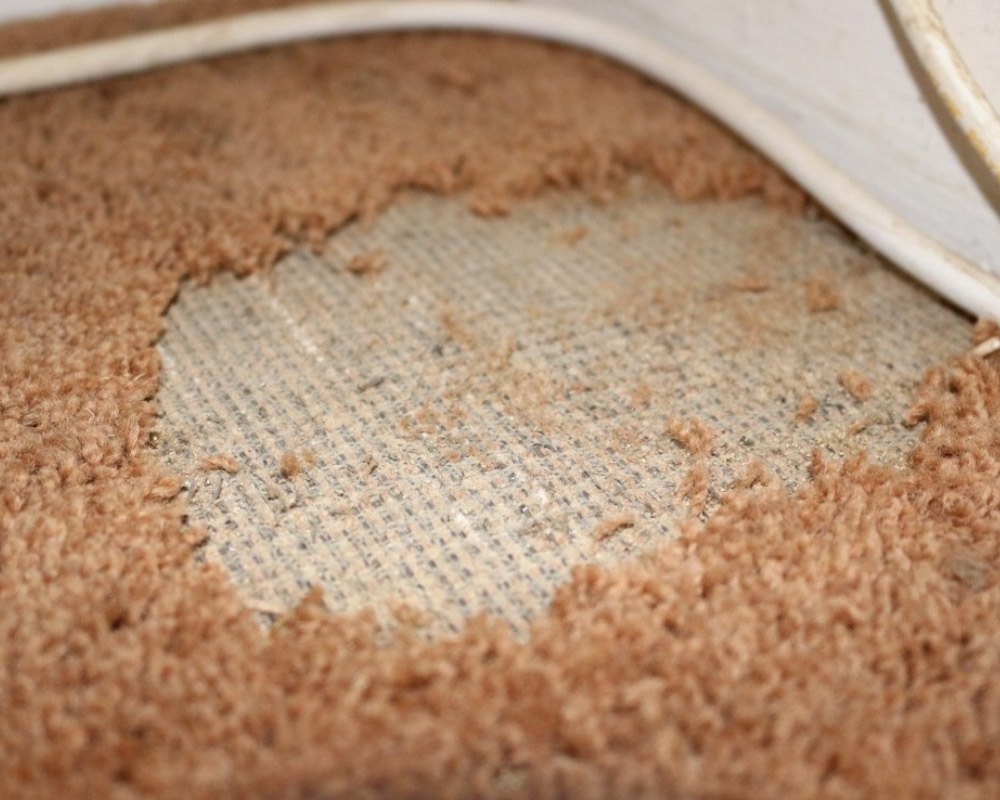
If you’ve installed high-quality carpet in a low-traffic area, it could easily last you anywhere from 10 to 15 years. But if your carpet’s in a high-traffic area (like that hallway your kids seem to sprint down 24/7), you might notice it starting to wear out much sooner. So, when do you know it’s time to replace it? If you’re on the fence about whether to go for a professional cleaning or just pull the trigger and replace your carpet altogether, you’re not alone.
In this guide, we’ll walk you through everything you need to know about carpet longevity—from how to spot the warning signs that it’s time for a replacement, to some handy tips on making your carpet last longer. Whether you're dealing with stains that just won’t budge, sneaky allergens hiding in the fibers, or a carpet that’s just plain tired, understanding when it’s time to replace your carpet can improve not only the look of your home but its overall feel and functionality too.
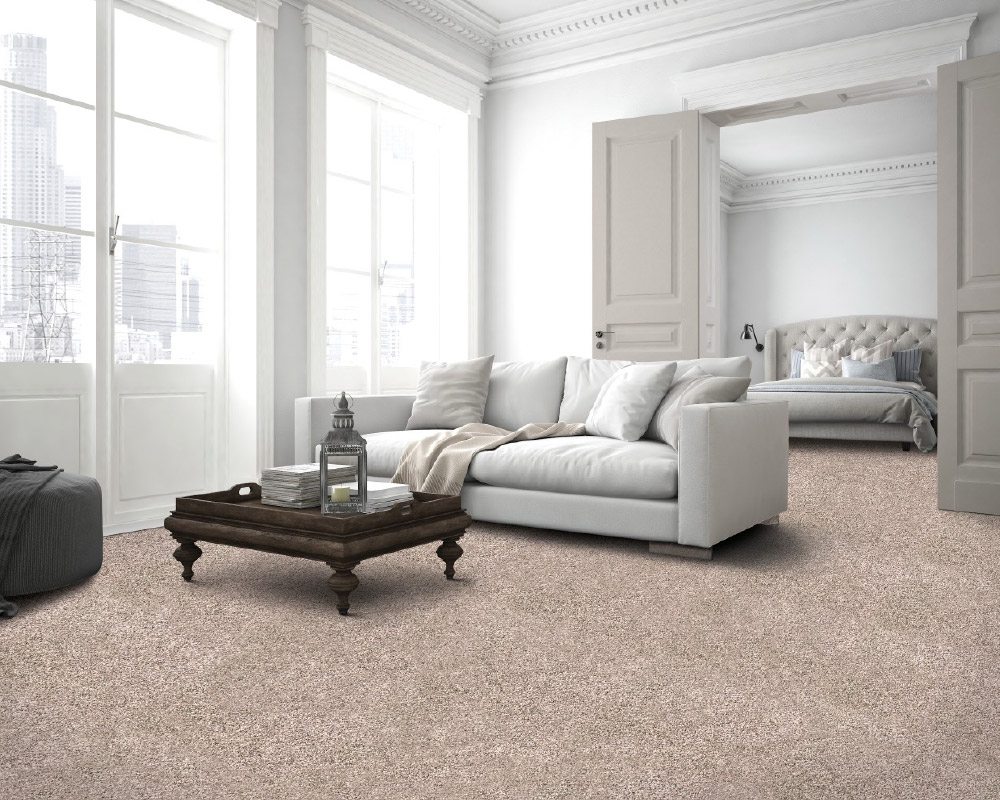
The lifespan of your carpet depends on several factors, like the type of carpet, how much foot traffic it gets, and the quality of installation. On average, carpets last between 5 to 15 years, but that range can vary. For example, Berber carpet tends to last longer than plush carpet due to its durability.
The quality of your carpet also matters. Budget-friendly options might save money upfront but could wear out faster, meaning you’ll need to replace them sooner.
Proper carpet installation is crucial, especially in high-traffic areas. If the carpet isn’t installed right, it can wear down faster. A good carpet pad also plays a key role in longevity. A quality pad provides extra support, helping your carpet hold up longer, even in busy spots.
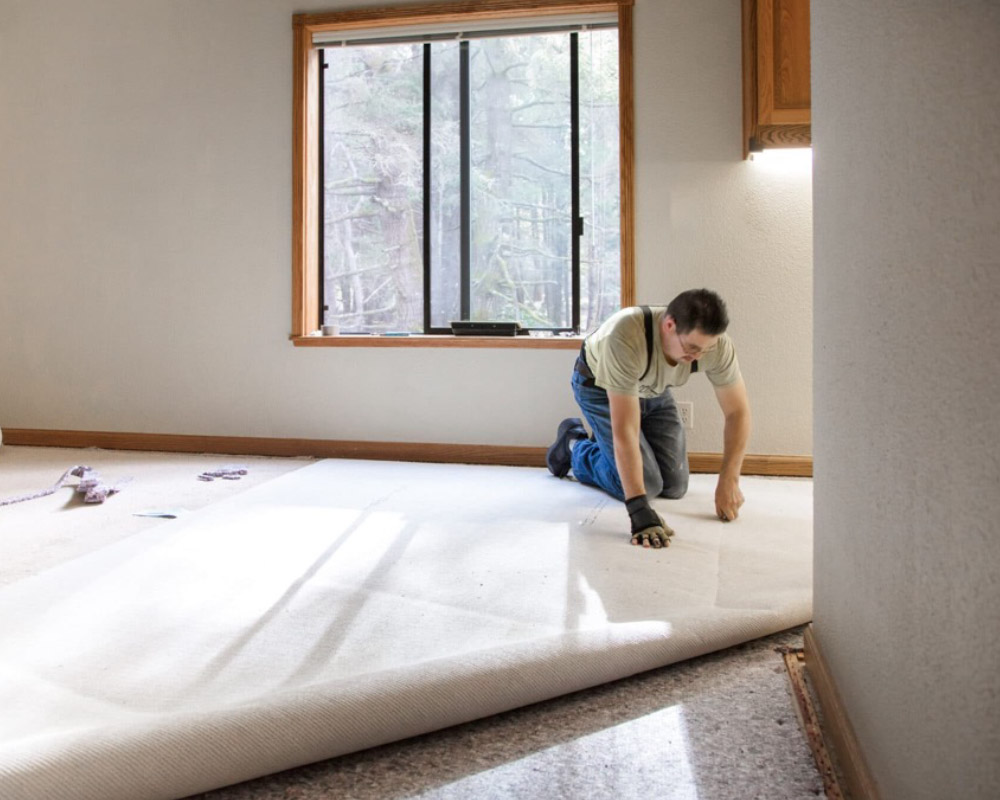
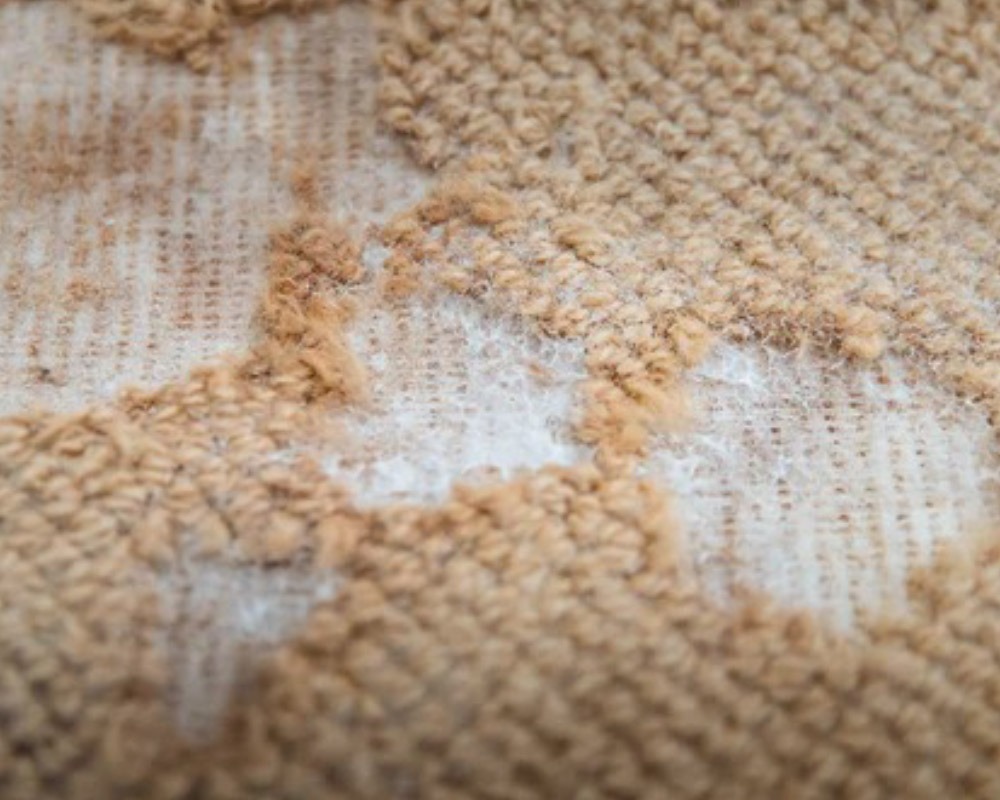
How do you know when it's time to consider replacing your carpet? While carpet cleaning can address many issues, certain indicators suggest that your carpet needs to be replaced rather than simply cleaned. Here are seven major signs that it might be time for replacement:
Lingering smells, despite thorough cleaning, suggest deep-seated contaminants like pet urine or mold. These odors often penetrate beyond the carpet fibers into the padding or subfloor, making them difficult to eliminate. In such cases, replacing the carpet is the most effective solution.
High-traffic areas showing signs of matting, fraying, or visible damage indicate that the carpet's structural integrity has been compromised. While some minor issues can be repaired, extensive damage often necessitates full replacement.
If stains remain after multiple cleaning attempts, it typically means the carpet fibers are permanently damaged. Common tough stains include bleach, wine, and mustard, which can be particularly challenging to remove. In these instances, replacing the affected sections or the entire carpet may be necessary.
A rise in allergy symptoms can be attributed to accumulated allergens trapped within the carpet fibers. Regular cleaning may not suffice to remove deeply embedded allergens, especially in homes with pets or high humidity. Replacing the carpet can significantly improve indoor air quality.
Carpet wrinkles or ripples that don't disappear after professional stretching point to backing failure. This issue often arises from improper installation or excessive moisture, leading to the carpet backing deteriorating. Once this occurs, the carpet is beyond repair and should be replaced.
Exposure to water from flooding or persistent leaks can lead to mold and mildew growth beneath the carpet's surface. If your carpet has been wet for more than 72 hours, it's advisable to consider replacement to prevent health hazards associated with mold exposure.
Carpets typically last between 5 to 15 years, depending on quality and maintenance. Even with regular cleaning, the materials degrade over time. If your carpet is approaching or has exceeded its expected lifespan, replacement might be more cost-effective than continued maintenance.
While no carpet will last forever, there are some smart ways to make it last longer. A little upkeep goes a long way. Here's what you can do to prolong your carpet’s life:
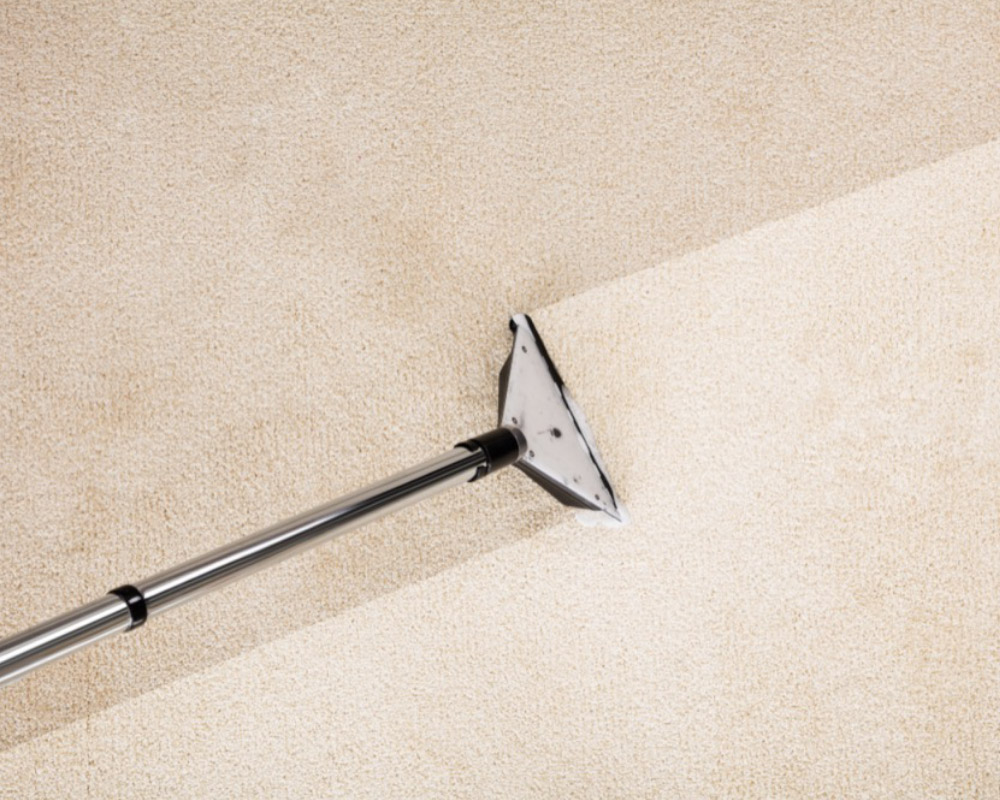
Explore a variety of carpet options to find the perfect carpet fit for your home.
Water damage is one of the biggest threats to your carpet. While small spills can usually be dried without much issue, major flooding or ongoing moisture can cause serious damage not just to the carpet, but also to the pad and the subfloor beneath. If your carpet has been soaked for more than 24 hours, it's time to seriously consider replacing it, as mold and mildew can start growing after this point.
Signs your carpet might be beyond saving include a musty smell that won’t go away, visible mold, or carpet that stays damp long after the water event. The problem often goes deeper than the surface—mold can grow on the carpet pad or subfloor, which can create health hazards. In these cases, replacing the carpet is often safer and more cost-effective than trying to clean it.
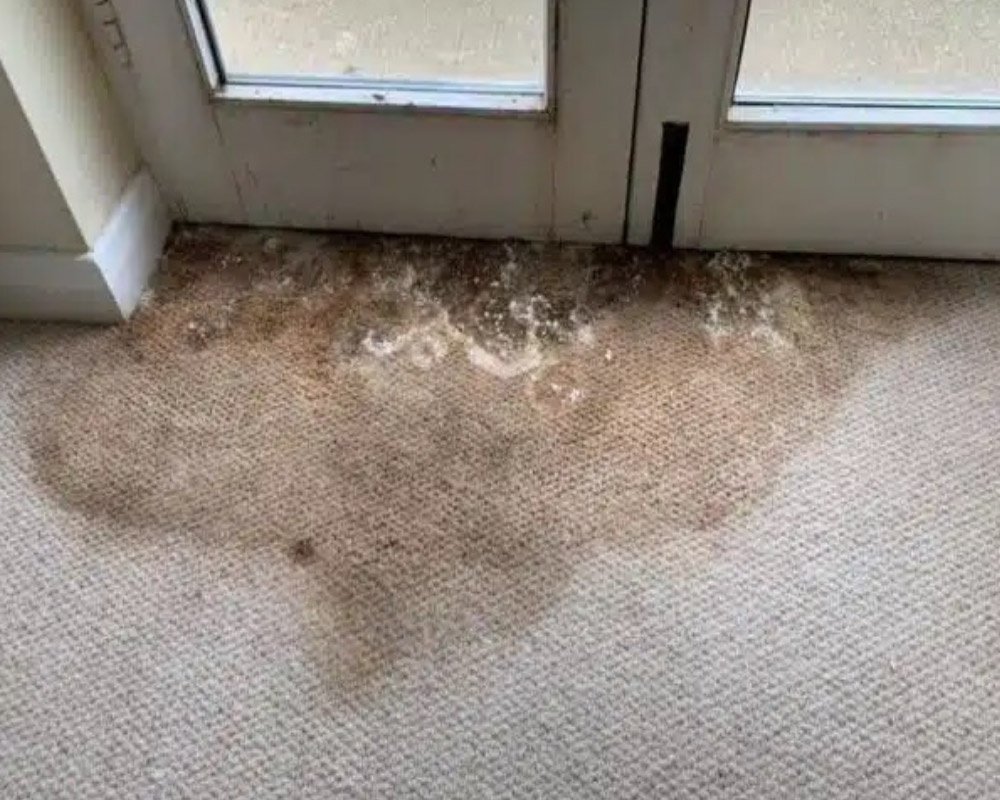
If you live in a flood-prone area, it’s worth exploring waterproof flooring options, especially in spaces like basements. If you do stick with carpet, make sure it’s installed correctly to minimize damage from minor water incidents, which will help it last longer.
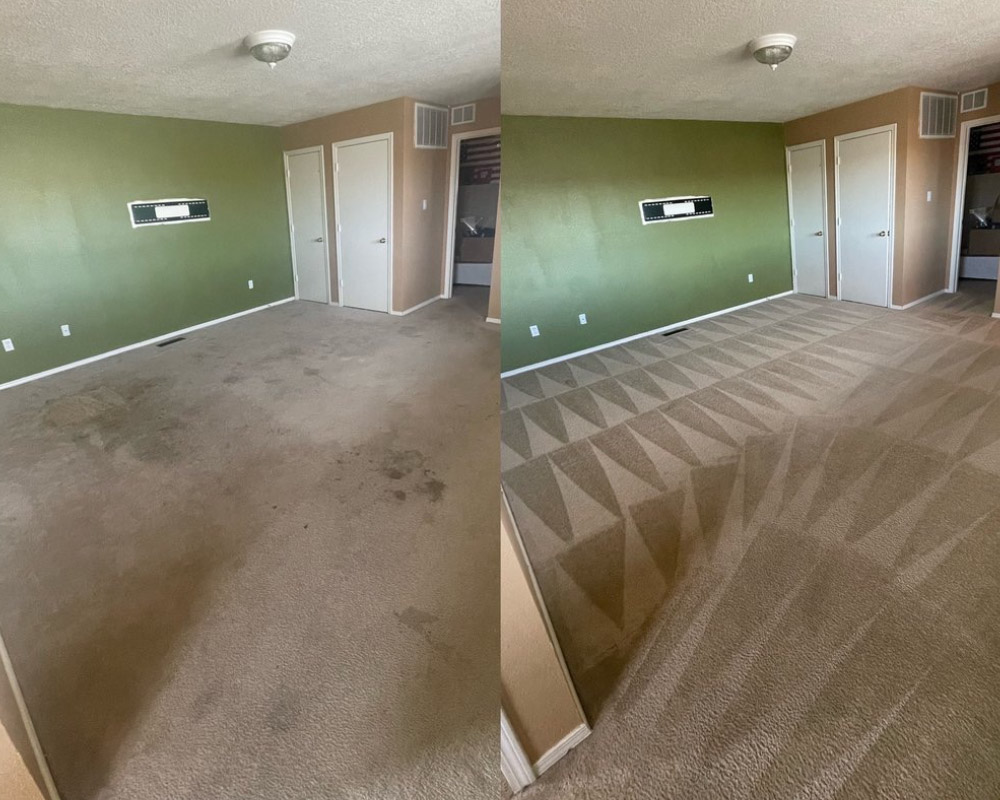
Deciding whether to clean, repair, or replace your carpet can be tricky. Minor issues like small stains or loose edges can often be fixed without replacing the whole thing, especially in low-traffic areas like bedrooms. Professional carpet repair services can re-stretch loose carpeting, patch damage, or fix seam separation—helping your carpet last a few more years.
Repairs are worth considering only if the carpet is still in decent shape and has a few years left in its lifespan. If the damage covers more than one-third of the room or your carpet is showing multiple signs of wear, replacing it is usually a better investment long-term.
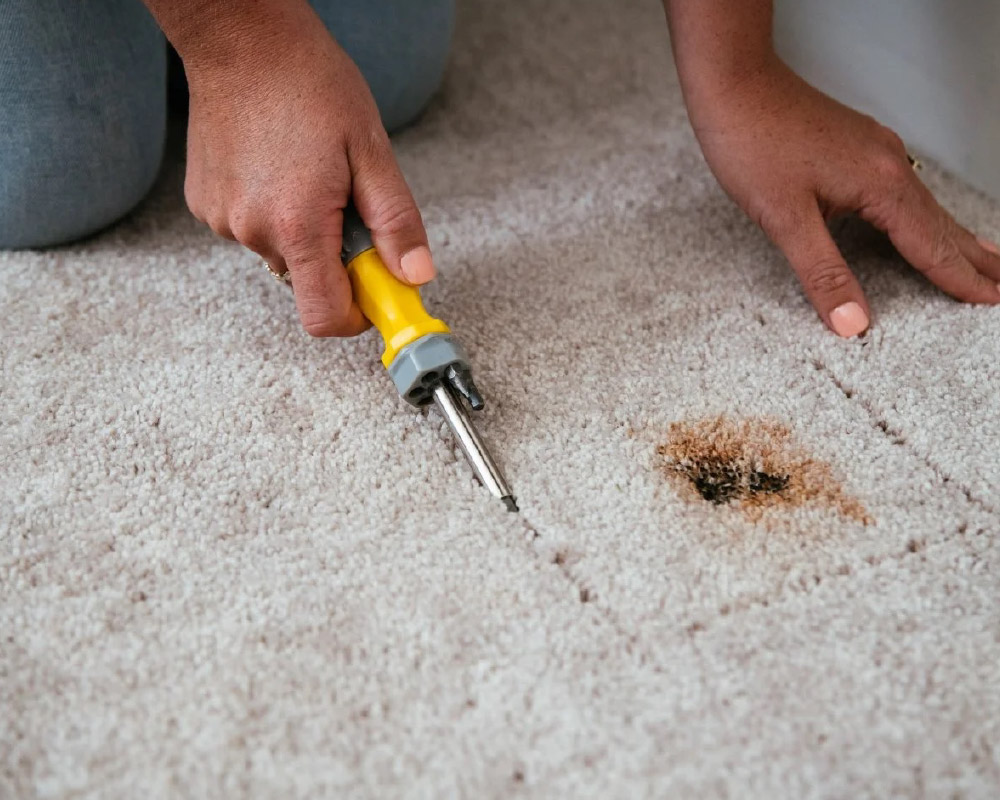
For those on a budget, strategic replacement is an option. You can replace only the most visible or heavily damaged areas while leaving the rest of the carpet in place, which works well for homes with varying levels of foot traffic in different rooms. If you're curious about how much it might cost to replace carpet, check out this guide on carpet installation costs.
Understanding when and why to replace your carpet is key to maintaining a beautiful, healthy home environment and making smart financial choices. By recognizing the signs that it's time for carpet replacement and taking steps to protect your investment, you can enjoy your carpet’s comfort and appearance for years.
If you're dealing with stains, odors, wear and tear, or just want to refresh your home's look, replacing worn carpet can completely transform your living space and even boost your property's value. While quality carpet is a significant investment, choosing the right carpet for your needs— keeping it well-maintained and this ensures it will serve you well for the long haul.